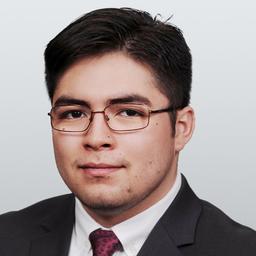A hundred years from today imagine the United States looks something like this: to accommodate a growing population, the lower chamber expands to some 1000 elected representatives and our electoral process switches from a primary to a caucus-based system. Our nation’s federal reserve board includes seats designated for wage earners, and the remaining farmers and small business owners; a countervailing force to an institution typically dominated by elite former investment bankers. Domestic manufacturing is achieved at whatever cost. Atrophying private sector labor unions reverse course and are supplemented by large private firms acquiescing to European models of works councils. Instead of being concentrated in Washington, D.C., federal agency headquarters are spread across the United States, providing the opportunity for a new generation of public servants who don’t have to uproot their entire lives and relocate to serve their country.

John Fredricks/The Epoch Times
The following review is part of RealClear Books and Culture’s symposium on Patrick Deneen’s “Regime Change.”
